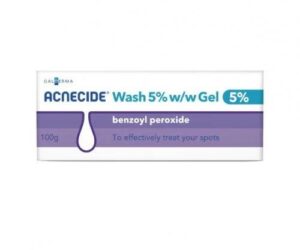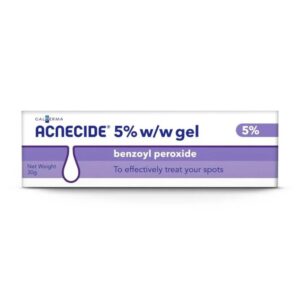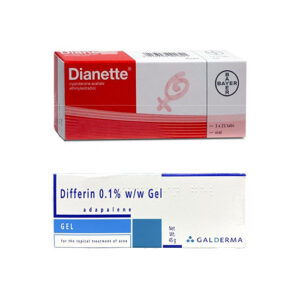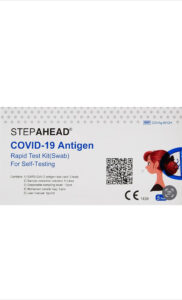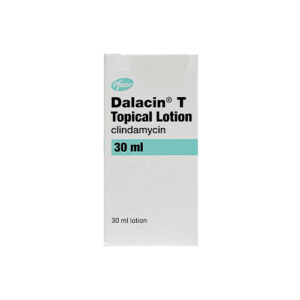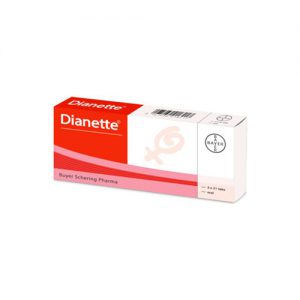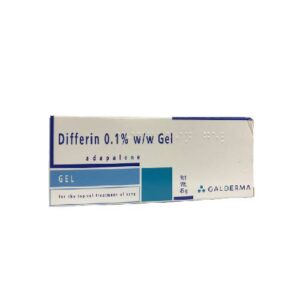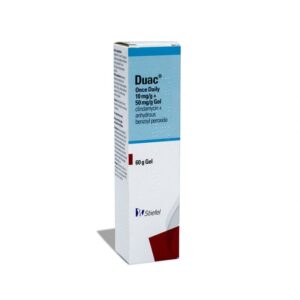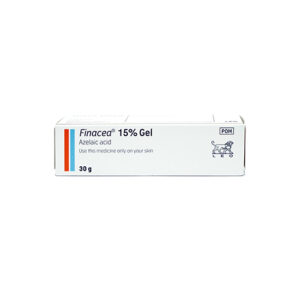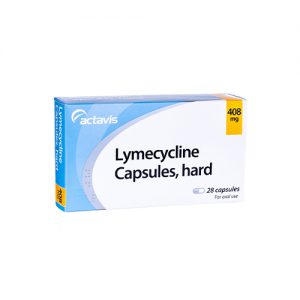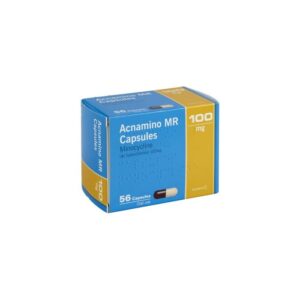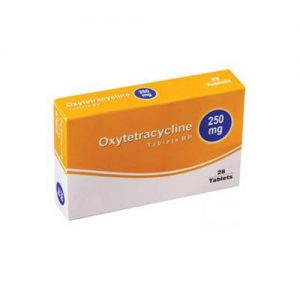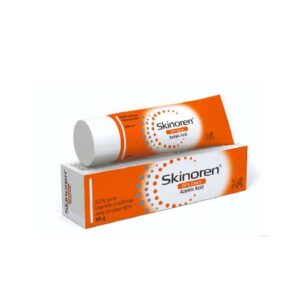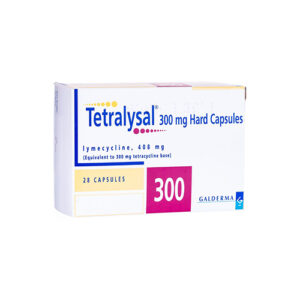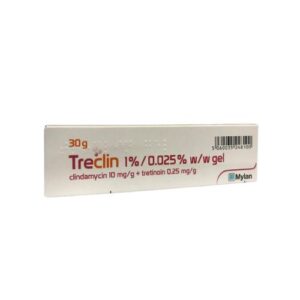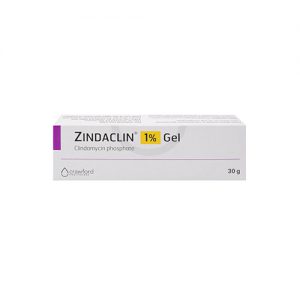Showing 16 products
Pagination
What is acne?
Acne or acne vulgaris is familiar to most people who associate it blackheads and whiteheads usually present in the face. It is also associated with adolescence and puberty, however, one should note that there is a significant portion of sufferers who are adult made and females.
There is a wide range of presentations and severity of acne vulgaris and this will be discussed below.
What are the symptoms of acne?
Although it can affect many different parts of the body, it is most commonly associated with the face and trunk (chest and back). There are six main types of spots caused by acne.
- Blackheads – small black or yellowish bumps that develop on the skin; they're not filled with dirt, but are black because the inner lining of the hair follicle produces colour
- Whiteheads – have a similar appearance to blackheads, but may be firmer and will not empty when squeezed
- Papules – small red bumps that may feel tender or sore
- Pustules – similar to papules, but have a white tip in the centre, caused by a build-up of pus
- nodules – large hard lumps that build up beneath the surface of the skin and can be painful
- Cysts – the most severe type of spot caused by acne; they're large pus-filled lumps that look similar to boils and carry the greatest risk of causing permanent scarring.
Causes of acne
Acne is caused when tiny holes in the skin, known as hair follicles, become blocked.
Sebaceous glands are tiny glands found near the surface of your skin. The glands are attached to hair follicles, which are small holes in your skin that an individual hair grows out of.
Sebaceous glands lubricate the hair and the skin to stop it drying out. They do this by producing an oily substance called sebum.
In acne, the glands begin to produce too much sebum. The excess sebum mixes with dead skin cells and both substances form a plug in the follicle.
If the plugged follicle is close to the surface of the skin, it bulges outwards, creating a whitehead. Alternatively, the plugged follicle can be open to the skin, creating a blackhead.
Normally harmless bacteria that live on the skin can then contaminate and infect the plugged follicles, causing papules, pustules, nodules or cysts.
Testosterone
Teenage acne is thought to be triggered by increased levels of a hormone called testosterone, which occurs during puberty. The hormone plays an important role in stimulating the growth and development of the penis and testicles in boys, and maintaining muscle and bone strength in girls.
The sebaceous glands are particularly sensitive to hormones. It's thought that increased levels of testosterone cause the glands to produce much more sebum than the skin needs.
Acne in families
Acne can run in families. If your parents had acne, it's likely that you'll also develop it.
One study has found that if both your parents had acne, you're more likely to get more severe acne at an early age. It also found that if one or both of your parents had adult acne, you're more likely to get adult acne too.
Acne in women
Women are more likely to have adult acne than men. It's thought that many cases of adult acne are caused by the changes in hormone levels that many women have at certain times.
These times include:
- Periods – some women have a flare-up of acne just before their period
- Pregnancy – many women have symptoms of acne at this time, usually during the first 3 months of their pregnancy
- Polycystic ovary syndrome – a common condition that can cause acne, weight gain and the formation of small cysts inside the ovary
Other triggers
Other possible triggers of an acne flare-up include:
- Some cosmetic products – however, this is less common as most products are now tested, so they do not cause spots (non-comedogenic).
- Certain medications – such as steroid medicines, lithium (used to treat depression and bipolar disorder) and some drugs used to treat epilepsy.
- Regularly wearing items that place pressure on an affected area of skin, such as a headband or backpack.
- Smoking – which can contribute to acne in older people.
Acne myths
Despite being one of the most widespread skin conditions, acne is also one of the most poorly understood.
There are many myths and misconceptions about it:
'Acne is caused by a poor diet'
So far, research has not found any foods that cause acne. Eating a healthy, balanced diet is recommended because it's good for your heart and your health in general.
'Acne is caused by having dirty skin and poor hygiene'
Most of the biological reactions that trigger acne occur beneath the skin, not on the surface, so the cleanliness of your skin has no effect on your acne. Washing your face more than twice a day could just aggravate your skin.
'Squeezing blackheads, whiteheads and spots is the best way to get rid of acne'
This could actually make symptoms worse and may leave you with scarring.
'Sexual activity can influence acne'
Having sex or masturbating will not make acne any better or worse.
'Sunbathing, sunbeds and sunlamps help improve the symptoms of acne'
There's no conclusive evidence that prolonged exposure to sunlight or using sunbeds or sunlamps can improve acne. Many medicines used to treat acne can make your skin more sensitive to light, so exposure could cause painful damage to your skin, and also increase your risk of skin cancer.
'Acne is infectious'
You cannot pass acne on to other people.
How can I treat acne?
It is important to understand that there is no ‘cure’ for acne. There are numerous treatment options that are effective, together with non-medical treatment it is possible to control the symptoms of acne in most people.
Over-the-counter treatments
These are mostly topical treatments such as lotions and creams. They contain the active ingredients such as Benzoyl peroxide, Salicylic acid and Sulphur. The clinical benefit of these treatments is not well established, it may be worth trying individual products to see if any are of benefit to you. Ask your pharmacist for more details.
Prescription only medication
Options include gel, lotions and tablets. Therefore, a wide variety of choice exists depending on your symptoms.
AccessDoctor stock clinically effective treatments such as Duac, Minocin and Oxytetracycline.
Contraceptive pills
It is known that certain contraceptives aggravate the symptoms of acne. However, some oestrogen-based contraceptives such as Dianette have shown to improve symptoms in women.
Progestogen-only contraception (POP pills) and contraceptive implants can exacerbate acne or initiate a first bout of acne. In such scenarios it is best to switch to an alternative contraceptive, ask your doctor first.
How long does it take to work?
The length of treatment is unpredictable, it may take many weeks to months before symptoms improve.
Managing acne
Identifying and monitoring your triggers for breakouts will help keep your symptoms under control. Below are some tips.
- Observe your diet, identify food(s) that irritate or inflame your condition and avoid these.
- Remove makeup at night
- Limit use of make up
- Keep hair tied back and away from your face
- Washing your face no more than twice a day
- Do not squeeze or pick the spots. This can cause permanent scarring
- Use luke warm water to wash you face
- Be gentle washing your face, don’t irritate skin
- Use mild soaps
- Use a non-allergenic moisturiser if you have dry skin
- Sleep more, this is the bodies chance to heal
- Drink water, keep skin hydrated
- Contraceptive pills along with preventing pregnancies can regulate your hormone and reduce breakouts of acne.
Treatment options
AccessDoctor can provide you with effective prescription only acne treatments. We can supply Duac (this is a gel to apply on the spots), Minocin (an antibacterial tablet), Oxytetracycline (an antibacterial tablet) and for women, you can buy the oral contraceptive Dianette.
To start your treatment, click on the relevant products.



We’re here to help.
Our friendly team is available to help Monday to Friday 9:00am - 5:00pm.
If you need urgent assistance, do not use this service. Call 111, or in an emergency call 999.

